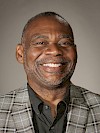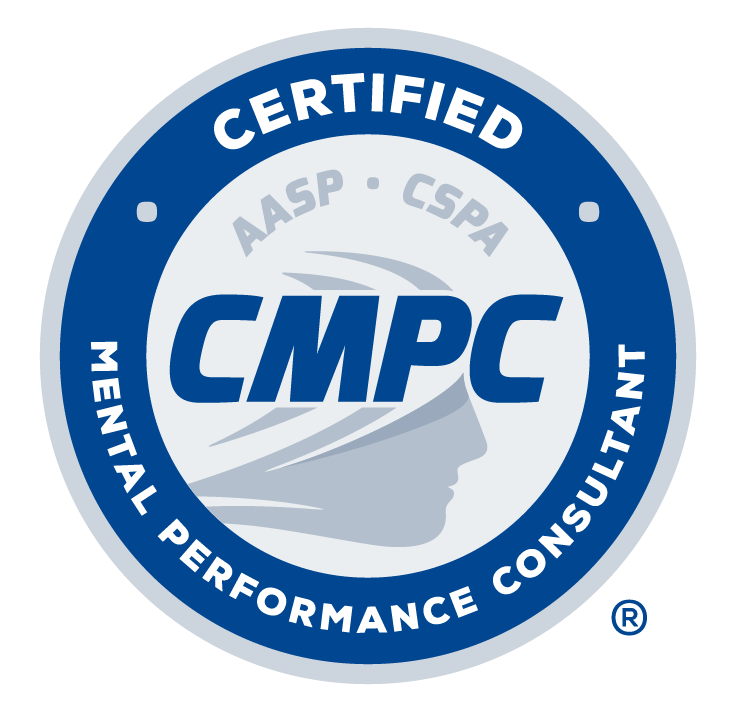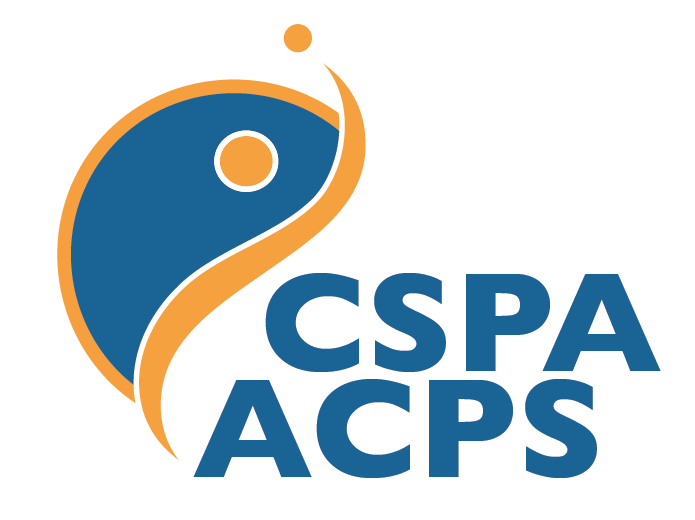AASP Newsletter - January 2020
SIG Spotlight: Doing Exercise and Wellness in Sport and Performance Psychology Contexts
 |
 |
 |
 |
|
|
|
|
|
Exercise Psychology and Wellness SIG Members:
Amanda Perkins-Ball, PhD, Rice University
Robert Owens, EdD, CSCS, University of Western States
Kristin Mauldin, PhD, California Baptist University
DéJeuné Green, MS, CMPC, Mental Playbook Consulting, LLC, University of New Orleans
Exercise psychology not only helps us to understand the mental health benefits of physical activity, but examines a breadth of topics including cognitive functioning, quality of life, stress, facilitating optimal performance, enjoyment, and adherence to exercise and physical activity. While educators, clinicians, and researchers have made significant contributions to the discipline (particularly with regard to exercise psychology and wellness), continued work needs to be done to “foster societal awareness of the value of our expertise” (Association for Applied Sport Psychology, 2019), and increase its recognition both within and outside of AASP. There are many areas in which AASP members can “do” exercise psychology and wellness better; three are outlined below:
1. Including Exercise Psychology in the Core Curricula
Understanding how to “fit” exercise psychology courses within sport and performance psychology curriculum presents challenges and opportunities for the practitioner and academic discipline. A student at the undergraduate level might find elements of exercise psychology in a lifetime wellness course, a sport and exercise psychology course, or a psychology of physical activity course; however, it is less common to find a graduate or undergraduate course that is solely dedicated to the study and practice of exercise psychology. One of the authors was fortunate enough to have the opportunity to audit a graduate exercise psychology course taught by a professor whose research specialized in examining the effects of exercise on memory and executive functioning. The course, while not part of the core curriculum, provided him the with knowledge of the psychosocial mediators of physical activity behavior including the processes of change, self-efficacy, and self-regulation (Lewis, Marcus, Pate, & Dunn, 2002).
Courses in exercise psychology teach students antecedents of behavior change through evidence-based approaches like the Transtheoretical Model and the Theory of Planned Behavior, core motivational interviewing skills (e.g., asking open-ended questions, affirming experiences) and educates students on listening empathetically for change talk: the client’s desire, ability, reasons, need, and commitment to change. As a complement to traditional applied sport psychology courses that emphasize the enhancement of mental skills, courses in exercise psychology are well-suited to teach consultants how to consider the overall health of wellness needs of athletes.
2. Serving the Community Through Exercise Psychology Programs
In exercise psychology, we are uniquely situated to help meet the mental and physical needs of our communities. While our specialty lies at the intersection of mental and physical health, we can organize more holistic programs through our collaborations with colleagues in related fields. How we go about doing this will vary depending on the needs we are trying to meet.
Organizing wellness programs for community-based organizations is one way consultants can serve the community. Employees at these organizations can be educated on techniques in exercise psychology through workshops, newsletters, health fairs, and focused online programs. Topics such as stress reduction techniques, exercise goal-setting, and how food influences mood are all particularly relevant here. Collaborating with colleagues in nutrition, kinesiology, ergonomics, counseling, and public health, and utilizing the resources of the organization’s insurance providers, can create a more comprehensive program for these employees.
Another avenue to pursue is creating community outreach programs. For example, creating an after-school sport program in a low socioeconomic status area that instills mental skills techniques through physical activities could be of great benefit to the local community. Elderly populations and sufferers of chronic conditions could be taught appropriate exercise and mental techniques to improve their quality of life. Finally, local junior high and high schools would likely welcome help in increasing communication and coping skills in their students who, more than ever, face threat of violence and suicidal ideation. These community outreach programs would also benefit from, if not require, collaboration with doctors and counselors.
3. Utilizing Fitness and Wellness Settings
Exercise psychology in fitness and wellness settings is not a novel approach; however, practitioners should continue cultivating relationships in these settings. Practitioners may teach personal trainers evidence-based strategies for enhancing exercise adherence and enjoyment, and conduct group fitness instructor training programs to create positive motivational climates and cohesive classes. Knowledge derived from exercise psychology and wellness permeates various aspects of the health and fitness industry, including testing procedures (e.g., perceived exertion), exercise prescriptions (e.g., affective responses to training intensities), programming, and even marketing and promotions (e.g., positive reinforcement and incentive programs). In short, opportunities in fitness are not limited to merely providing exercise counseling services to exercisers.
It is sometimes easy for us to focus on the “sport” aspect of sport and exercise psychology as a number of mental performance consultants in our fieldwork with athletes. And while exercise psychology is a subset of the profession that sometimes gets overshadowed, it is our hope that AASP continues the discussion on how we can broaden our reach by doing exercise psychology more proficiently, more creatively, and quite simply, better.
References
Association for Applied Sport Psychology. (2019). Mission statement. Retrieved from https://appliedsportpsych.org/about/
Lewis, B. A., Marcus, B. H., Pate, R. R., & Dunn, A. L. (2002). Psychosocial mediators of physical activity behavior among adults and children. American Journal of Preventive Medicine, 23(2S), 26-35. doi:10.1016/S0749-3797(02)00471-3



